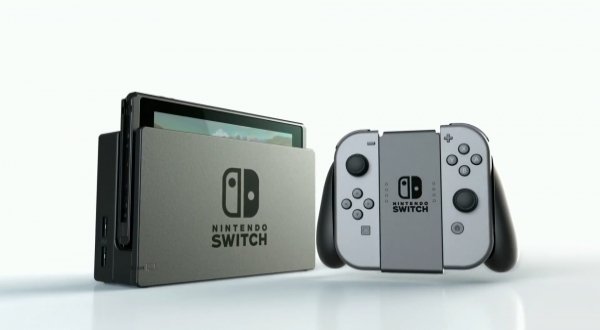Nintendo Switch Update Aims To Fix A Battery Problem

Nintendo issued a fairly mentioned update recently for the Nintendo Switch regarding a battery problem that plagued gamers who were using it in the portable mode. No worries, though, update 3.0.1 rolled out recently and addresses the problem in full, more or less.
Over on the Nintendo of America support page, the update changelog lists what Nintendo addressed for the switch in update 3.0.1. The update only addresses some general system stability improvements as well as addresses an issue where the remaining battery indicator did not display accurately.
For a lot of gamers, obviously not being able to tell exactly how much battery life left on the Switch would be a huge problem. You already only have a handful of hours worth of playtime when using the device in portable mode, and so the battery indicator either showing you have more or less time at your disposal than what you actually have.
There's a separate battery charge indicator troubleshooting guide on the Nintendo support page, where the page explains that even if the indicator is incorrect, if the Switch has been docked for hours and fully charged, it means that even when used in mobile mode the system will function as normal. However, the guide notes that after a few hours it's likely that the Switch's battery will deplete even if the indicator is showing that it's still full.
For those of you who may not have run into this problem it's noted that if you've been keeping the Switch plugged up into the wall via the AC adapter, you're not going to notice the faulty battery indicator because it won't show up while the console is plugged into the AC adapter.
However, it seems that the update, while it may fix this issue for many, might not do so for all. If you're still having issues, the process to deal with it is quite extensive. First, set the auto-sleep mode to "Never" when playing the console on screen or connected to TV. It says to connect the AC adapter directly to the console until the battery is fully charged. Once the battery is fully charged, leave the console alone for one hour while it's still plugged into the wall.
Then disconnect the console from the AC adapter and allow the console to stay on the Home screen menu for up to four hours until the battery is depleted. Once the battery is nearly fully depleted, power off the console by holding down the power button for three seconds and select to turn off the Switch. It's noted that the console should be left alone for 30 minutes to potentially restore the battery indicator.
Your Daily Blend of Entertainment News
If the above steps don't work the support page suggests repeating steps over again until the battery charge indicator gradually begins to work again.
The indicator would likely be important to people who play with their Switch on the go frequently, especially games like Legend of Zelda: Breath of the Wild, where you're only going to get about two hours of play time out of the system while in portable mode.
Other games like ARMS or Mario Kart 8: Deluxe that drain the battery slower could leave you a bit in the dark as to how much time you really have with the console while out and about. With update 3.0.1 it should help resolve this problem. These sort of issues are something Nintendo will want to be wrapped up nice and neat before big AAA titles like Skyrim and Super Mario Odyssey get here.
Staff Writer at CinemaBlend.

